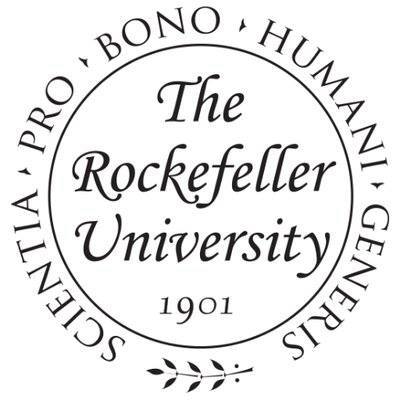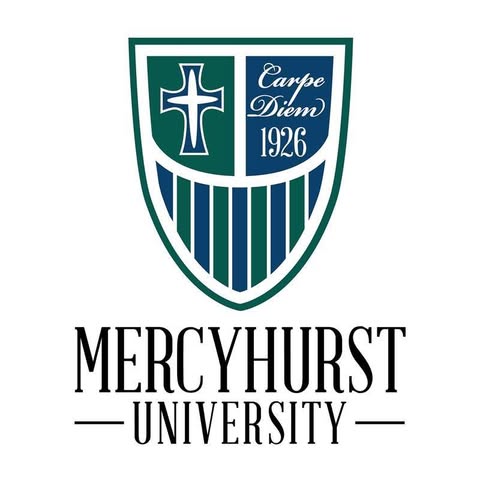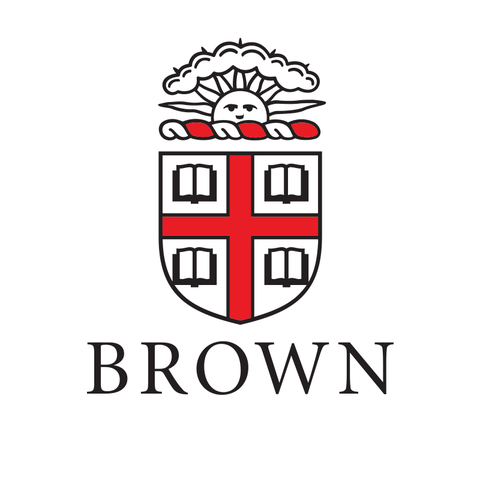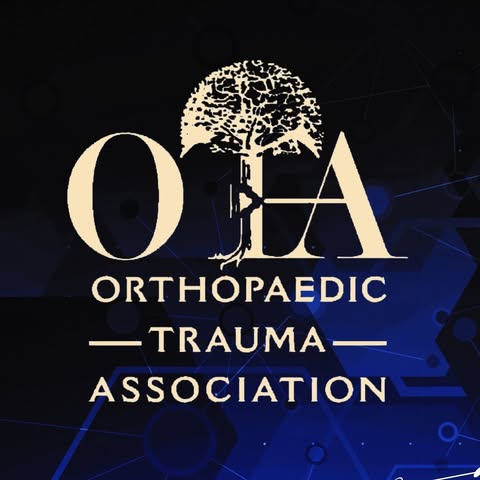
Rockefeller University
The Rockefeller University is a world-renowned center for research and graduate education in the biomedical sciences, chemistry, bioinformatics and physics. The Rockefeller University (the University) is a world renowned center for research and graduate education in the biomedical sciences, chemistry, bioinformatics, and physics. The University's 69 laboratories conduct both clinical and basic research and study a diverse range of biological and biomedical problems with the mission of improving the understanding of life for the benefit of humanity. Laboratories are loosely clustered in nine research areas covering a wide spectrum of disciplines in the life sciences, including neuroscience, immunology, genetics, structural biology and bioinformatics. The University does not charge tuition. Its revenues are derived primarily from investment income, government grants and contracts, and private gifts and grants.

Founded
1901
17000
X (Twitter)
20231
Traffic
29357
- The Rockefeller University The rockefeller university Our scientists set the pace Weve been the gold standard in bioscience for more than 120 years. News How solving a hepatitis B paradox opened the door to new therapies A single protein may have helped shape the emergence of spoken language How fruit flies flit between courtship and aggression to fight for mates Awards Honors Graduate Program in Bioscience Support Our Science . .
From Social media
News about from their social media (Facebook and X).
Data about organisation
University or Technological Category
Organisations with similar rank to Rockefeller University in category University or Technological

197. THE LUTHERAN UNIVERSITY ASSOCIATION INC
At Valpo, our light is for everyone.

Adelphi University, New York, is dedicated to transforming students’ lives.

Bellevue University is a non-profit, open access university specifically designed to help our students activate their potential and turn their drive into future success.

Mercyhurst University is a private residential university located in Erie, Pennsylvania.
Similar organisations
Similar organisations to Rockefeller University based on mission, location, activites.

The University of Rochester Curriculum—unique in higher education—has no required subjects.

Worcester Polytechnic Institute
A premier STEM-focused university & global leader in project-based learning & use-inspired research.

A leading research university distinct for its student-centered learning and deep sense of purpose.

Fordham University, with two NYC campuses, educates nearly 17,000 students.

The official Facebook page of Temple University, Philadelphia’s public university and a national leader in education, research and healthcare.
Similar Organisations Worldwide
Organisations in the world similar to Rockefeller University.

THE FEDERATION OF EUROPEAN BIOCHEMICAL SOCIETIES (uk)
The 49th FEBS Congress, 2025, Istanbul, Türkiye – ‘Bridging Continents to Advance Life Science’.

We help to share scientific expertise and research, supporting the molecular biosciences community.
Interesting nearby
Interesting organisations close by to residence of Rockefeller University

Located at Lincoln Center in NYC, Juilliard is a top performing arts conservatory.

Our support of Technion research and education helps advance innovation for Israel and the world.
Similar social media (37231)
Organisations with similar social media impact to Rockefeller University

30775. Center for Orthopaedic Trauma Advancement
OTA is an organization, founded in 1985, dedicated to the discovery and dissemination of knowledge.

Mesa is the third largest city in the state of Arizona and offers a limitless array of activities for all to enjoy.

30779. BRITT WORLDWIDE CHARITIES INC
BWW empowers men and women to build successful independent businesses, providing education and mento.
Similar traffic
Organisations with similar web traffic to Rockefeller University

117356. University of South Alabama
With 115+ degree programs and more than 14,000 students, opportunity roars at the University of South Alabama.

117357. Fallon Barracuda Swim Team
For all questions and support, visit: https://help.

117359. NEW AMERICA FOUNDATION
New voices.

This page aims to provide an interactive forum for the public to learn more about the science, culture and life of the Broad Institute.
Join us and make a difference for the future!
Sign Up
Please fill in your information. Everything is free, we might contact you with updates (but cancel any time!)
Sign in with GoogleOr
Good News
"Exciting times for retail! 🌟 As we embrace a future that prioritizes human connection, it’s inspiring to see brands focusing on creating memorable experiences for shoppers. Let's keep pushing for soul in every interaction! #RetailWithSoul #PositiveChange #Eduo"
Why does the future of retail need more soul?
The Drum
Like Comment"Exciting times for journalism! 🌟 Thomas Jacob from WAN-IFRA emphasizes the importance of balancing tech adoption with journalistic integrity. As the media landscape transforms rapidly, let's embrace change while staying committed to quality reporting! #MediaInnovation #Journalism"
WAN-IFRA's Thomas Jacob on balancing tech adoption with journalistic integrity
The Drum
Like Comment"🌟 Inspiring to see Fura Jóhannesdóttir, CCO at Interbrand, championing brave and human-centered design! Her leadership is a beacon of creativity during these changing times. Let's celebrate those who push boundaries and make the world a better place! #DesignForGood #Innovation"
Judge of the Day: Interbrand's Fura Jóhannesdóttir champions brave, human design
The Drum
Like Comment









